Identifying atoms with colour
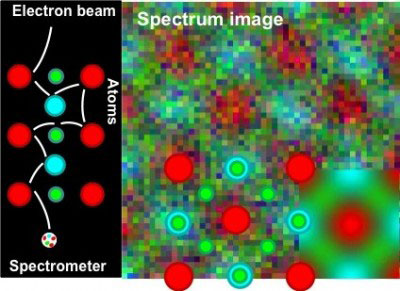 The ability to locate and count small numbers of impurity atoms could lead to advances in modern electronics and optical fiber communication networks.
The ability to locate and count small numbers of impurity atoms could lead to advances in modern electronics and optical fiber communication networks.
Feb 28th, 2014
Read more
 The ability to locate and count small numbers of impurity atoms could lead to advances in modern electronics and optical fiber communication networks.
The ability to locate and count small numbers of impurity atoms could lead to advances in modern electronics and optical fiber communication networks.
Feb 28th, 2014
Read more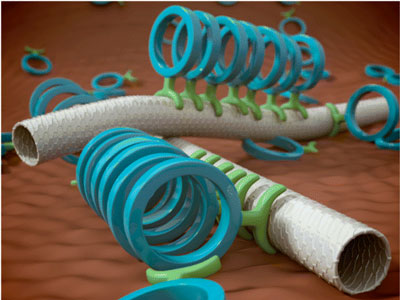 CIQUS researchers (Universidade de Santiago de Compostela) obtained hybrid structures with complementary properties of nanotubes and self-assembling cyclic peptide nanotubes.
CIQUS researchers (Universidade de Santiago de Compostela) obtained hybrid structures with complementary properties of nanotubes and self-assembling cyclic peptide nanotubes.
Feb 28th, 2014
Read moreGovernor Andrew M. Cuomo today announced a milestone in the construction of the $125 million Computer Chip Commercialization Center (Quad-C), as construction crews completed the building's steel structure ahead of schedule.
Feb 27th, 2014
Read more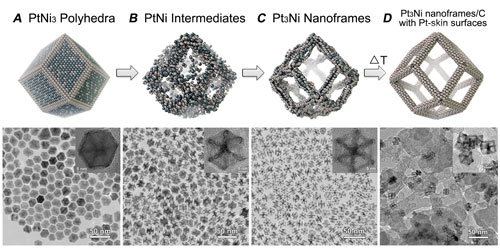 A big step in the development of next-generation fuel cells and water-alkali electrolyzers has been achieved with the discovery of a new class of bimetallic nanocatalysts that are an order of magnitude higher in activity than the target set by the U.S. Department of Energy (DOE) for 2017.
A big step in the development of next-generation fuel cells and water-alkali electrolyzers has been achieved with the discovery of a new class of bimetallic nanocatalysts that are an order of magnitude higher in activity than the target set by the U.S. Department of Energy (DOE) for 2017.
Feb 27th, 2014
Read more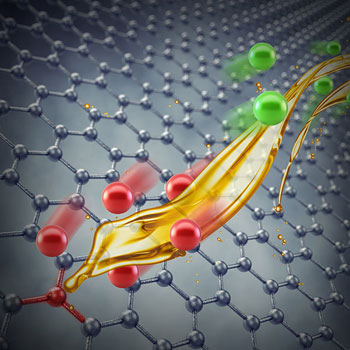 Defects on graphene electrode alter behavior of electrode-electrolyte interface in next-generation energy storage devices.
Defects on graphene electrode alter behavior of electrode-electrolyte interface in next-generation energy storage devices.
Feb 27th, 2014
Read moreA new study from the University of Southern Denmark shows that nano-silver can penetrate our cells and cause damage.
Feb 27th, 2014
Read more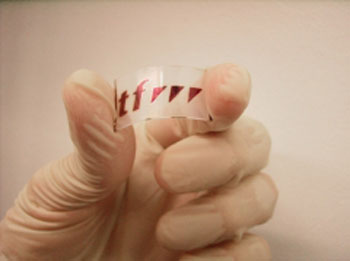 Nanoengineers have developed a so-called plasmonic metamaterial, which is compatible with solar technology and completely absorbs UV light - despite being only 20 nanometers thin.
Nanoengineers have developed a so-called plasmonic metamaterial, which is compatible with solar technology and completely absorbs UV light - despite being only 20 nanometers thin.
Feb 27th, 2014
Read more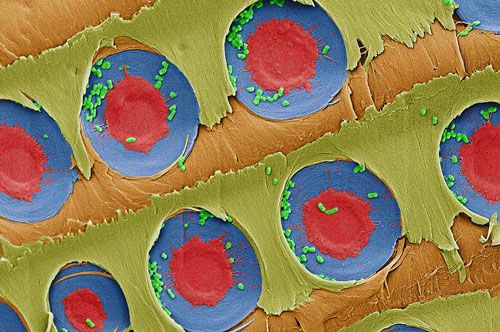 Researchers show that xylem tissue in sapwood can filter bacteria from contaminated water.
Researchers show that xylem tissue in sapwood can filter bacteria from contaminated water.
Feb 27th, 2014
Read more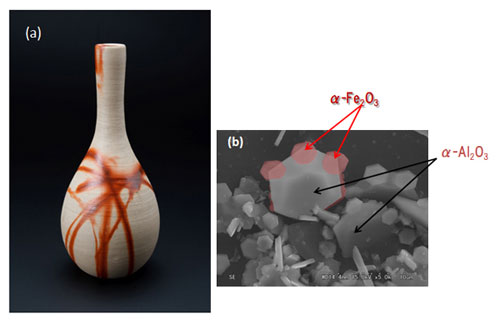 From the mysteries of producing red colors in traditional Japanese Bizen stoneware to iron-oxidizing bacteria for lithium ion batteries, Professor Jun Takada is at the forefront of research on innovative iron oxide nanomaterials.
From the mysteries of producing red colors in traditional Japanese Bizen stoneware to iron-oxidizing bacteria for lithium ion batteries, Professor Jun Takada is at the forefront of research on innovative iron oxide nanomaterials.
Feb 26th, 2014
Read more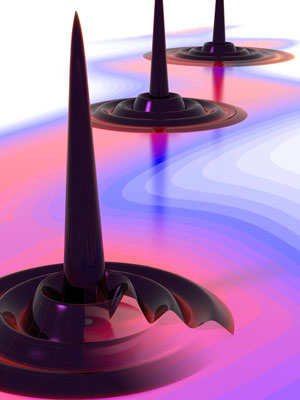 JILA physicists used an ultrafast laser and help from German theorists to discover a new semiconductor quasiparticle - a handful of smaller particles that briefly condense into a liquid-like droplet.
JILA physicists used an ultrafast laser and help from German theorists to discover a new semiconductor quasiparticle - a handful of smaller particles that briefly condense into a liquid-like droplet.
Feb 26th, 2014
Read more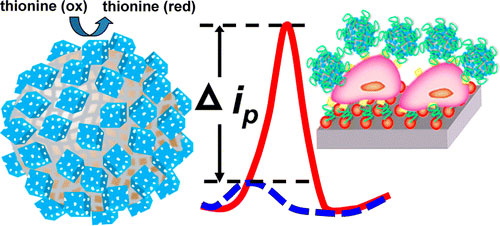 New technique can detect just a handful of tumor cells.
New technique can detect just a handful of tumor cells.
Feb 26th, 2014
Read more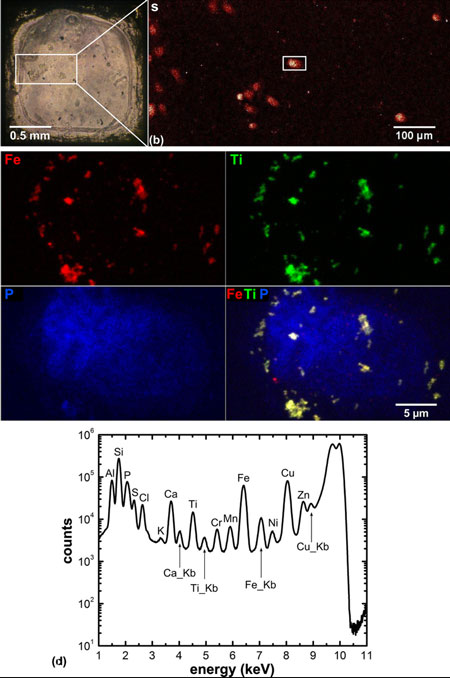 New X-ray tool allows for more sensitivity to trace metals, such as those that cause cancer, in whole cells and tissues.
New X-ray tool allows for more sensitivity to trace metals, such as those that cause cancer, in whole cells and tissues.
Feb 26th, 2014
Read more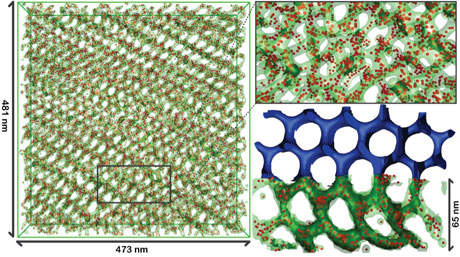 For close to two decades, Cornell scientists have developed processes for using polymers to self-assemble inorganic nanoparticles into porous structures that could revolutionize electronics, energy and more. This process has now been driven to an unprecedented level of precision using metal nanoparticles, and is supported by rigorous analysis of the theoretical details behind why and how these particles assemble with polymers.
For close to two decades, Cornell scientists have developed processes for using polymers to self-assemble inorganic nanoparticles into porous structures that could revolutionize electronics, energy and more. This process has now been driven to an unprecedented level of precision using metal nanoparticles, and is supported by rigorous analysis of the theoretical details behind why and how these particles assemble with polymers.
Feb 26th, 2014
Read more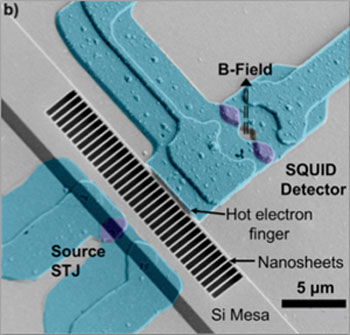 Researchers have developed a new way to precisely measure the extremely subtle movement of heat in nanostructures.
Researchers have developed a new way to precisely measure the extremely subtle movement of heat in nanostructures.
Feb 26th, 2014
Read more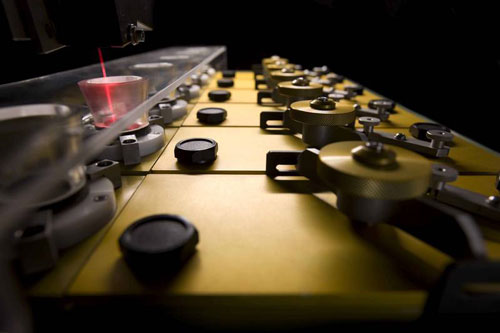 New research indicates that nanoparticles are able to change their binding at surfaces to proteins abundant in the blood depending on whether the protein is bound to fat molecules at the time. The findings indicate how nanoparticles interact with blood proteins in the body by influencing the efficiency of the nanoparticle transport to surfaces.
New research indicates that nanoparticles are able to change their binding at surfaces to proteins abundant in the blood depending on whether the protein is bound to fat molecules at the time. The findings indicate how nanoparticles interact with blood proteins in the body by influencing the efficiency of the nanoparticle transport to surfaces.
Feb 26th, 2014
Read more Researchers have developed a 'superabsorbing' design that may significantly improve the light absorption efficiency of thin film solar cells and drive down manufacturing costs.
Researchers have developed a 'superabsorbing' design that may significantly improve the light absorption efficiency of thin film solar cells and drive down manufacturing costs.
Feb 26th, 2014
Read more